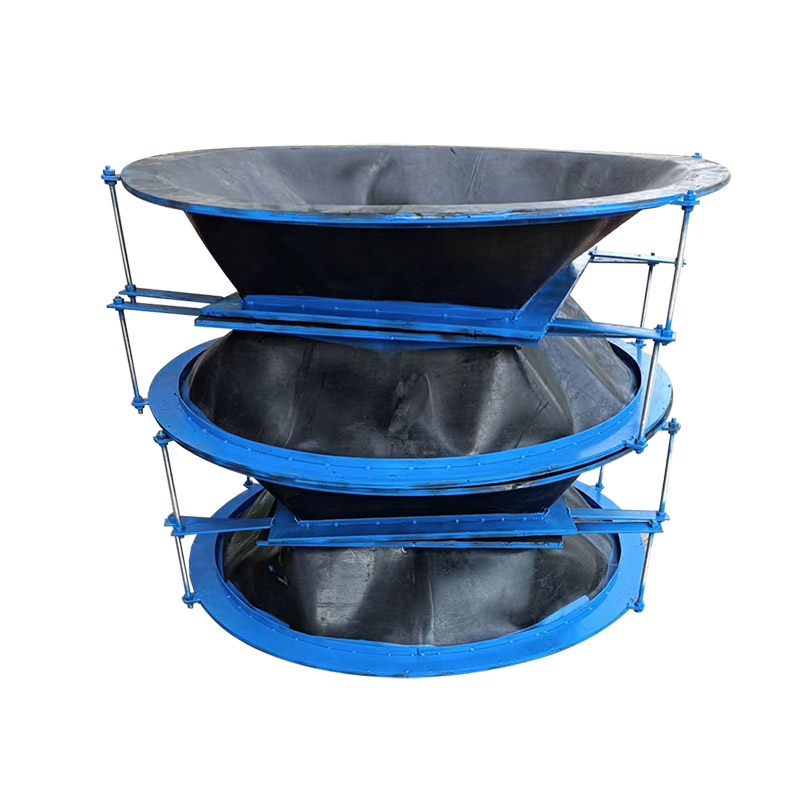Piped Gas Connection Fitting: A Comprehensive Guide to Safe and Efficient Installation
2025-02-18
In many modern homes and commercial establishments, piped gas has become a crucial utility for cooking, heating, and various industrial applications. Proper installation and fitting of the gas connection are essential to ensure safety, reliability, and efficient gas supply. This blog provides a detailed overview of piped gas connection fitting, including its benefits, installation process, safety measures, and maintenance.
What is a Piped Gas Connection?
A piped gas connection refers to the system of pipelines that deliver natural or liquefied petroleum gas (LPG) from a centralized supply source to individual homes, buildings, or factories. The system involves a network of pipes, valves, meters, and fittings that work together to ensure a smooth and secure flow of gas to various appliances.
Installation Process of Piped Gas Connection Fitting
The installation of a piped gas connection should only be done by licensed professionals to ensure it meets safety standards and local regulations. Here is a basic overview of the installation process:
1. Site Inspection and Planning
Before installation begins, a thorough inspection of the site is essential. Professionals assess factors such as gas pressure, pipe length, and placement of gas appliances. This planning ensures that the system will be efficient and safe.
2. Gas Meter and Regulator Installation
The gas meter and regulator are installed at the point where the gas supply enters the building. The meter measures the amount of gas consumed, while the regulator controls the gas pressure, ensuring it remains within safe limits.
3. Pipe Fitting
Pipes made of materials like steel, copper, or plastic (depending on the regulations and location) are used to create the distribution network. The pipes are routed through walls, ceilings, or floors, connecting the gas supply to appliances like stoves, water heaters, and heaters. Proper sealing and welding of joints are crucial to prevent gas leaks.
4. Valve Fittings
Valves are installed at key points in the system to control gas flow and allow for emergency shutoff. These are essential safety features in case of a gas leak or other issues.
5. Testing and Commissioning
After the installation, the entire system undergoes a pressure test to ensure there are no leaks. If the test is successful, the system is commissioned, and the gas supply is activated.
Safety Measures in Piped Gas Connection Fitting
Safety is the foremost concern when dealing with gas installations. Here are several important safety measures:
1. Use of Certified Materials: Only approved materials and fittings should be used to prevent deterioration or failure of the gas system over time.
2. Regular Inspection: Periodic inspections of the entire gas system, including pipes, valves, and meters, are essential to ensure it is functioning properly and safely.
3. Leak Detection: Gas leaks are a serious hazard, and gas detectors should be installed in critical areas. If you smell gas, immediately turn off the gas supply and ventilate the area.
4. Emergency Shutoff Mechanism: Having an accessible emergency shutoff valve is crucial in case of a gas leak or any emergency situation.
5. Professional Installation: Only qualified professionals should install piped gas systems, as they are familiar with safety codes and regulations. DIY installations can lead to dangerous situations.
Maintenance and Care
Regular maintenance ensures the longevity and safety of a piped gas system. Here are some tips:
- Inspect for Leaks: Frequently check for any unusual smells or signs of gas leakage. If you notice anything suspicious, call a professional immediately.
- Check the Pressure Regulator: Ensure that the gas pressure regulator is functioning correctly. A malfunctioning regulator can cause appliances to underperform or even pose safety risks.
- Clean the Gas Lines: Dust and dirt can clog gas lines, affecting performance. Keep the gas lines clean to ensure an uninterrupted supply.
- Service Gas Appliances: Have your gas-powered appliances serviced regularly to ensure they are in good working condition.
Piped gas connection fitting is a convenient, safe, and efficient solution for providing a steady supply of gas to your home or business. However, the key to ensuring its safety and reliability lies in the quality of the installation, adherence to safety protocols, and regular maintenance. Always consult with licensed professionals and stay vigilant about potential risks to keep your piped gas system in optimal condition.



